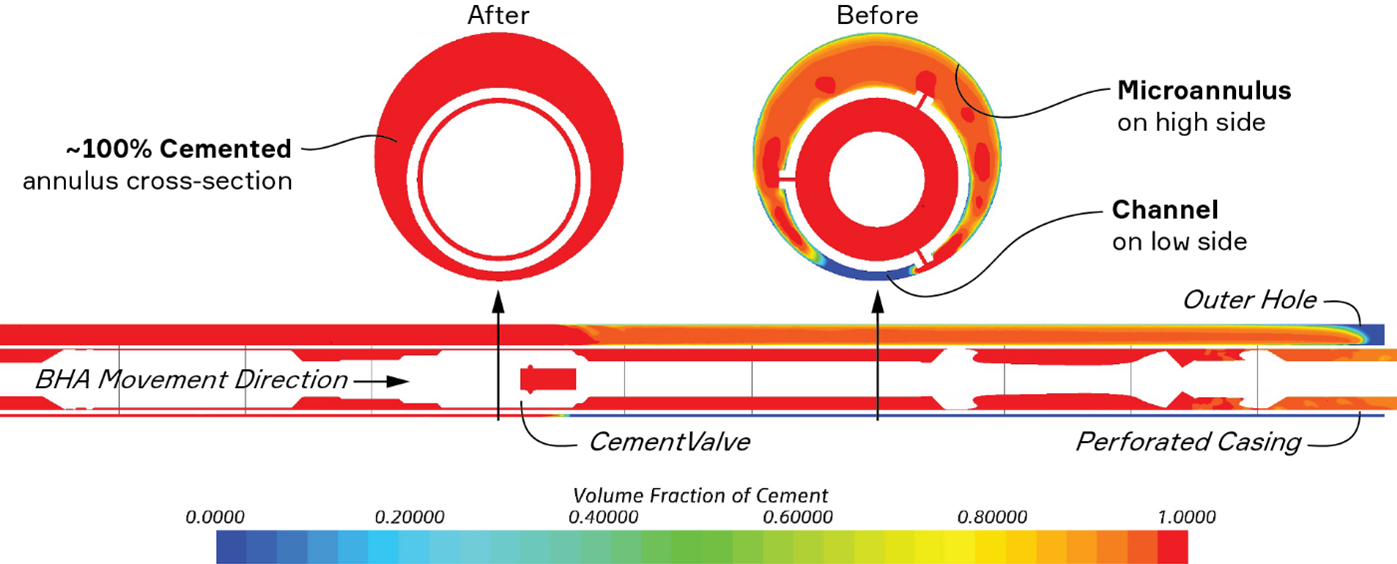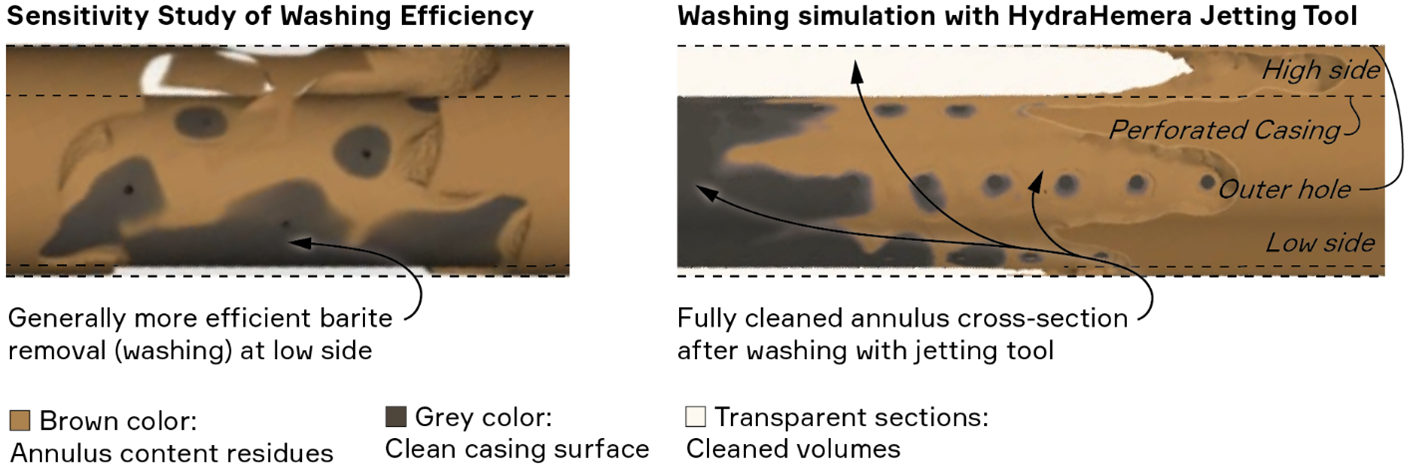A Focus on CFD Part II
By Markus Iuell - March 06, 2023
Our Technology Development Manager, Markus Iuell, takes a deep dive into the world of Computational Fluid Dynamics (CFD) and explores the tangible benefits this cutting-edge technology delivers.
As discussed in my previous blog on the early emergence of CFD, entitled (What is CFD and Where is it Used? January 2021) I covered how this well-developed methodology uses numerical computing analysis to recreate and examine the complex fluid dynamics of a PWC® operation.
Two years on, I am evaluating the work my colleagues and I have been carrying out with CFD modelling software to deepen our understanding about the fluid mechanics that occur when using our technology.
To recap, the three areas we apply CFD in our business are:
• New Technology Development Projects
• Operational Optimisation
• Quality Assurance
There are two key points I will cover in this blog:
i) Key questions every engineer should be asking, and
ii) How does HydraWell compare to our competitors in the field of CFD
How do I know if PWC® is going to be successful?
Any PWC® operation is entirely dependant on the fluid dynamics we can create downhole. Classic cement circulation often results in a leak channel on the low or narrow side of the annulus, and potential micro-annulus at high side. The Jet Based PWC® technology is specifically designed to address this. The illustration below shows the volume fraction of cement before and after treating the cross-section with the cement jetting tool.

Our experience has taught us how sensitive performance is to the different variables, optimising our engineering efficiency towards successful placement of well barrier elements. Correct assessment of the application (including casing and annulus size, perforation pattern and hole size, inclination, and fluid properties) is key for the success of a specific tool configuration, and selection of operational parameters and procedural considerations. It has also taught us that the downhole hydraulics changes significantly with fluid properties, and hence, carrying out an operation with previously qualified parameters with a new set of fluids does not guarantee success unless correctly adapted from the qualification of the base job design.
Conversely, replicating ALL the relevant parameters from a previously successful reference operation can be expected to deliver a similarly successful result. So, we should always ask whether any of the parameters have changed and not just focus on the tool or the perforation performance.
However, the key question to ask is:
‘How do you demonstrate previous success?’
Pressure testing directly on the annular barrier is often difficult, and relying on a tag and test of the cement in the wellbore tells us little about the extent and destination of the cement circulated into the annulus. Unless the reference operation was drilled out and logged to show good cement or the annular cement was pressure tested, then the reference operation has little relevance, and we cannot be assured that our planned job has been successful.
Where there is no historical validation available, all well engineers should be ensuring that additional validation is undertaken to verify the barrier installed. This could be by drilling-out and logging the installed annular barrier, or by undertaking appropriate CFD modelling to validate a successful job design. Or both when additional confidence is required.
Diligence in the detail
HydraWell has an unsurpassed level of diligence when it comes to the detail – it’s crucial for our clients to know they are in safe hands and are receiving reliable validation of the proposed operational parameters.
Since early 2021, we have invested thousands of hours of simulations of our PWC® technology, having computers running almost continuously with our projects. It's costly, but the added value we gain by de-risking operations and learning how to improve our job design and procedures are worth it.
The advantage of track record
With more than 550 jobs performed successfully and over 70 jobs verified by post-PWC® verification logs, Hydrawell has the largest library of historical data with which to provide standardised operational parameters which can be demonstrably verified without the need for further logging validation.
When a suitable reference operation is not available, we turn to CFD to provide the necessary reassurance that the proposed operational parameters will be successful. Since our initial introduction of this approach, we have seen increased interest from our clients in CFD modelling and we now also have a large library of simulations which can be drawn upon.
How does CFD add value?
CFD allows us to simulate otherwise complex tests and carry them out safely and efficiently, while generating significantly more detailed results. We can look at points of interest and gather information that would otherwise be impossible to generate from a single physical test.
It also enables quick and easy modification of the model geometry and/or operational parameters which otherwise would require machining of equipment or modifications of the test structure or fluid systems. This translates into flexibility when encountering challenges.
Modelling has shown how limiting simple cup-based tooling is when trying to clean and circulate fluids into the difficult to reach areas of the annulus. Interestingly, washing is often most difficult on the high side due to the greater drop in fluid velocities, while spacer and cementing is more difficult on the low side. Using the images below as examples, CFD clearly demonstrates the impact that jetting has in these difficult areas, and with the increasingly growing library of CFD results we have obtained, we have gained deep understanding of the challenges and limitations for various applications.

We have cemented our position at the forefront of this significant industry step change and the work we have done to create a generic standardisation of our systems cannot be underestimated.
The value for our clients includes access to a wider database of generic project designs and, thanks to the growth of our experience in recent years, our clients can rest assured they are in the best hands when it comes to validation through CFD simulations and successfully designed operations, as proven by our continuingly successful track record.





